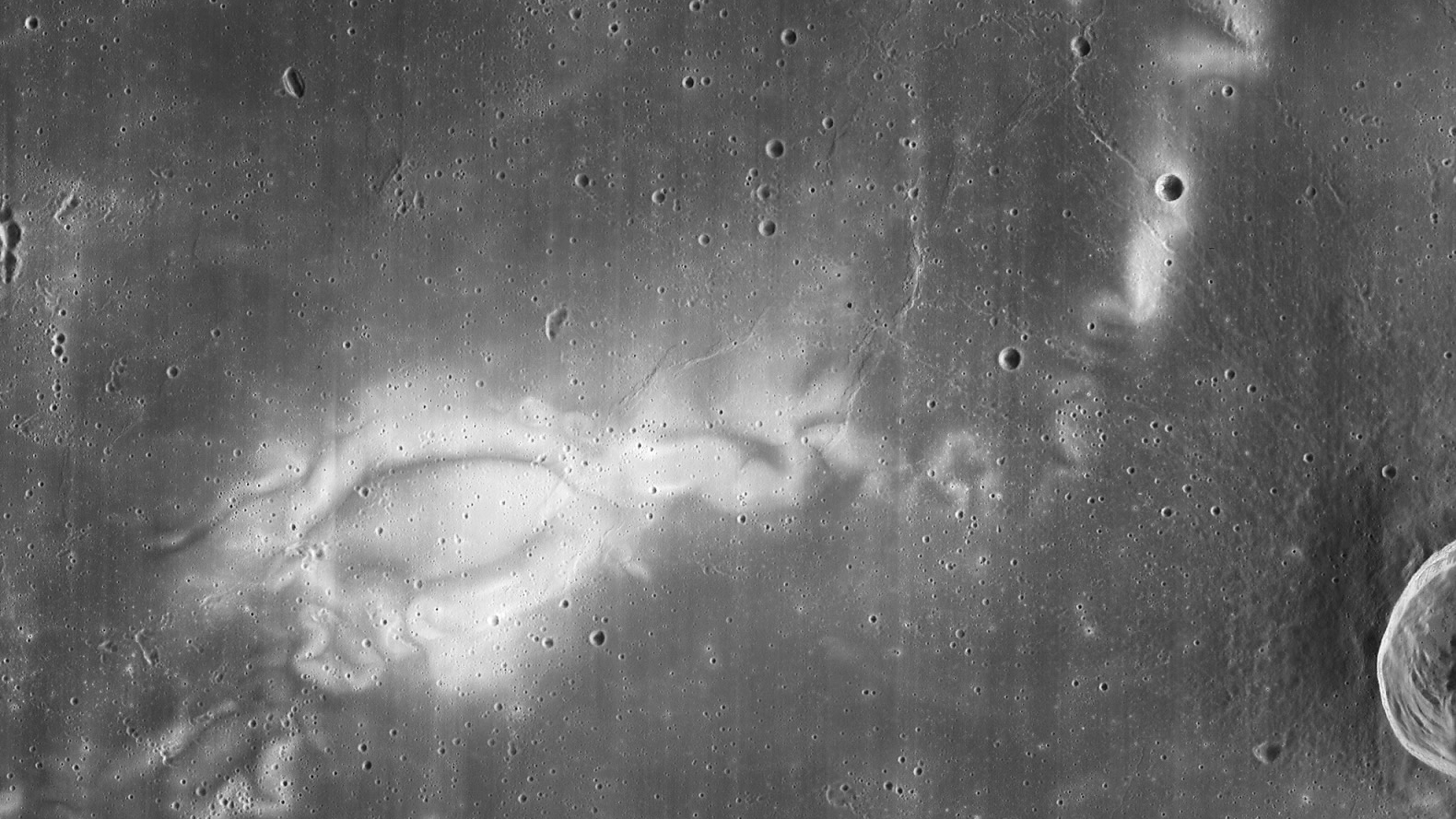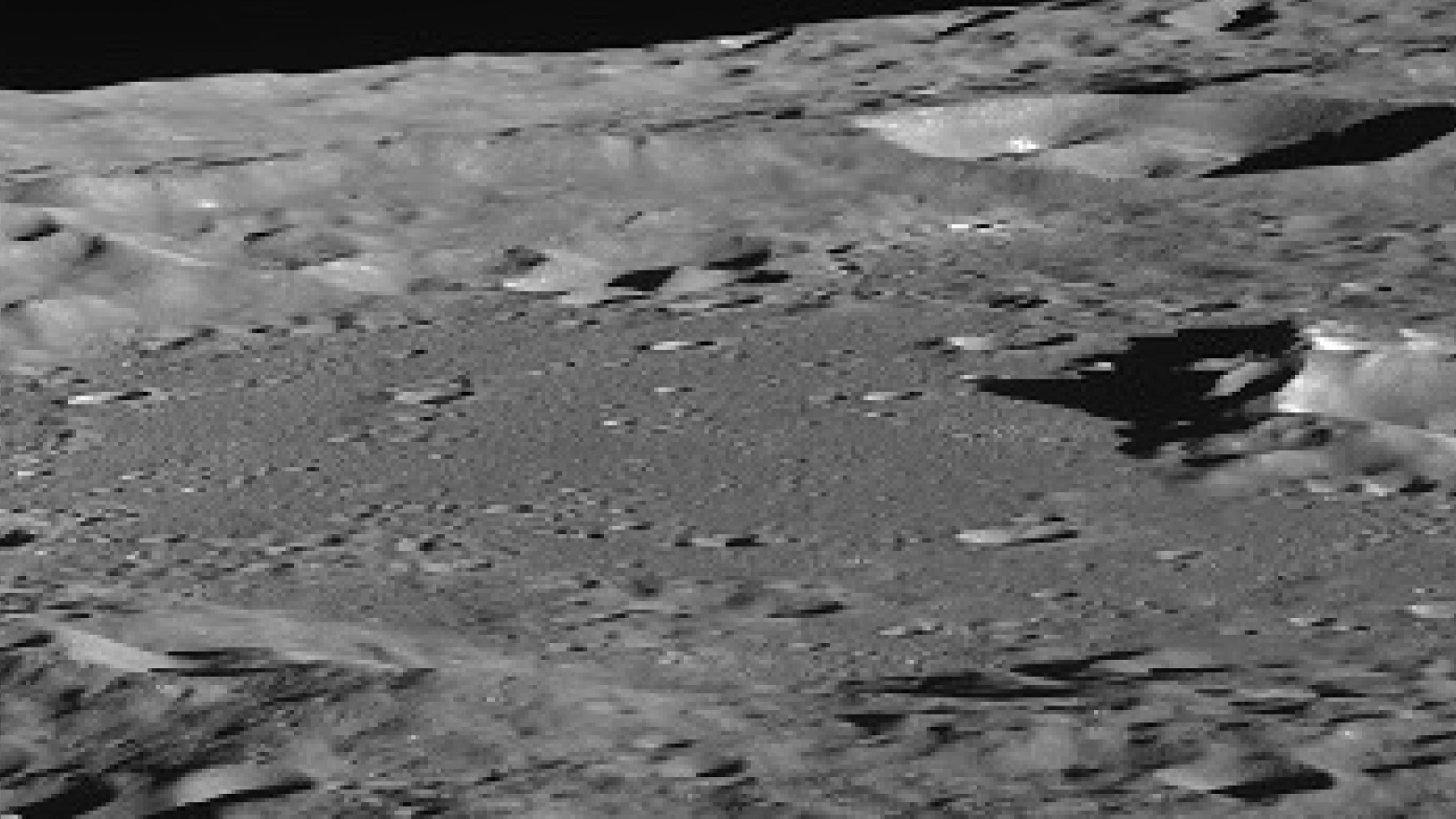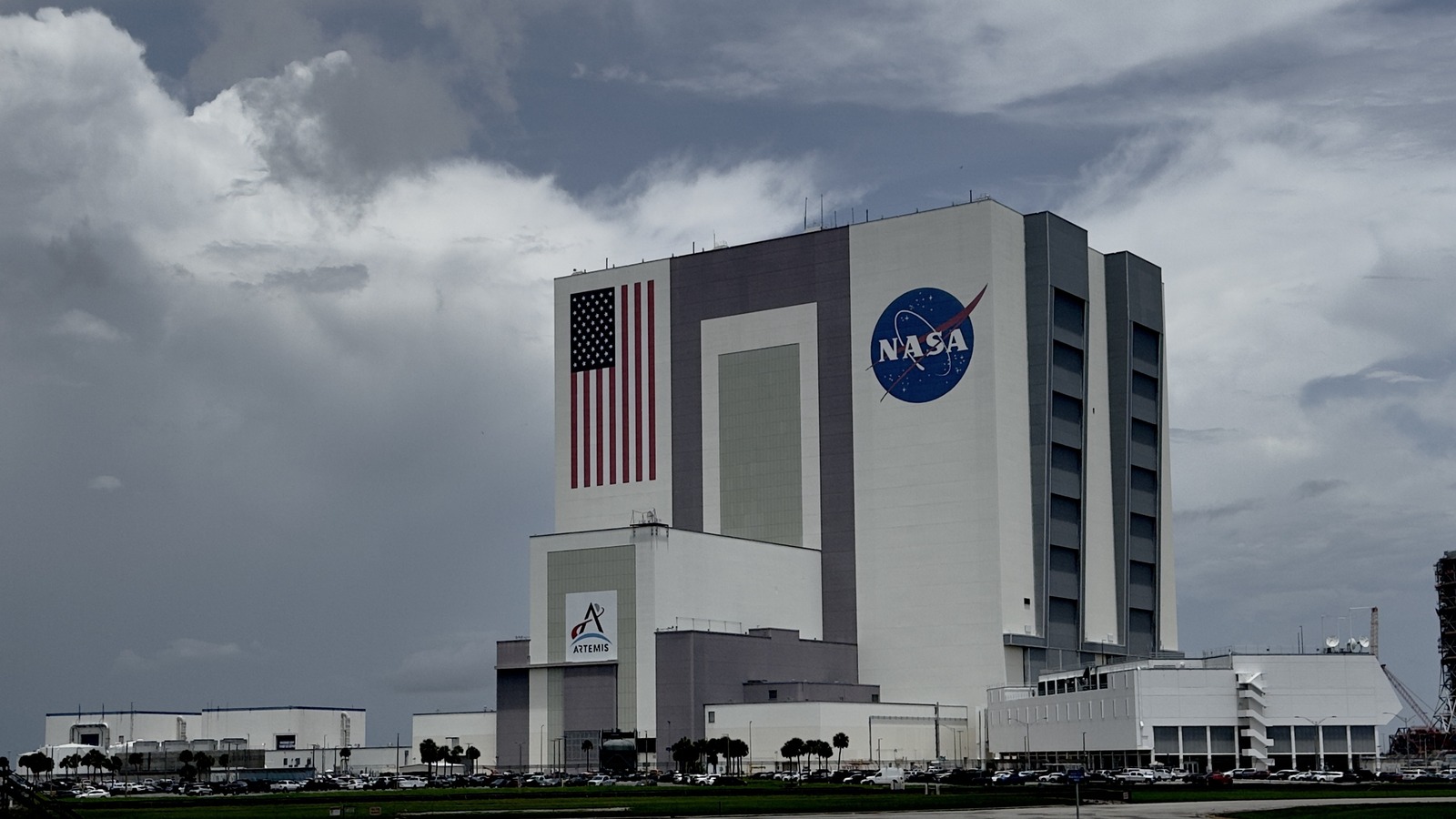South Korea marks anniversary of 1st lunar probe with new moon photos
Danuri has been collecting data to support planning for NASA's Artemis moon missions.

South Korea's space agency has released new images of the moon to mark the anniversary of the launch of its first lunar probe.
The Korea Pathfinder Lunar Orbiter (KPLO) launched on Aug. 4, 2022, atop a SpaceX Falcon 9 rocket and, after a four-month-long voyage, entered lunar orbit in December.
The spacecraft, also known as Danuri, has been carrying out its science mission ever since. The Korea Aerospace Research Institute (KARI) released new images from the moon mission via social media, linking back to the institute's pages.
Related: Missions to the moon: Past, present and future

Images include views of Reiner Gamma, a so-called swirl, which features a localized magnetic field and marks a bright spot within the Oceanus Procellarum region. Another shows shadows inside Amundsen Crater, close to the lunar south pole and a potential landing site for NASA's Artemis 3 mission, which is slated to put astronauts on the moon in late 2025.
Another southern feature captured by Danuri is Drygalski Crater, showing the central peak inside the impact crater.
다누리가 발사된지 1년이 되었습니다. (2022년 8월 5일 발사) 발사 1주년을 기념하여 다누리가 촬영하고 측정한 성과물을 공개합니다. 자세한 사진은 아래 링크에서 ! 👇📷 https://t.co/5iNocaC8oo #다누리_멋져 #25년까지_화이팅 #다누리의_임무를_기대해주세요 pic.twitter.com/mSEgY7BM0zAugust 7, 2023
Other images have been previously released from cameras aboard KPLO, including those showing the phases of Earth as seen from lunar orbit.
Breaking space news, the latest updates on rocket launches, skywatching events and more!
Also aboard Danuri is ShadowCam, a NASA-funded hypersensitive optical imager. The camera builds on optics from NASA's Lunar Reconnaissance Orbiter (LRO) and provides unprecedented views into shadowed craters by collecting sunlight reflected off nearby landforms and light reflected from our planet onto the moon, or "Earthshine." ShadowCam also snapped LRO in a test of the camera's abilities.
Danuri is planned to orbit the moon for around a year. Data collected from Danuri will help support the planning of NASA's Artemis program.
Join our Space Forums to keep talking space on the latest missions, night sky and more! And if you have a news tip, correction or comment, let us know at: community@space.com.

Andrew is a freelance space journalist with a focus on reporting on China's rapidly growing space sector. He began writing for Space.com in 2019 and writes for SpaceNews, IEEE Spectrum, National Geographic, Sky & Telescope, New Scientist and others. Andrew first caught the space bug when, as a youngster, he saw Voyager images of other worlds in our solar system for the first time. Away from space, Andrew enjoys trail running in the forests of Finland. You can follow him on Twitter @AJ_FI.
